News
News / 11/21/2016 / 1582
This is not a classical article about digital wine media... I never aspired to write such an article. These were some of the thoughts and practical examples that could serve as an inspiration for panel discussion about digital media in the wine industry which was organiyed as part of a local wine event. However, a serious analysis and discussion of this topic will remain until another opportunity arises.
1) The most common mistake that wineries make is relying too heavily on collecting likes on social networks... Likes without emotional involvement don't mean a lot. Such likes are not sufficient to result in someone choosing your wine or developing an emotional relationship with the winery, or subsequently motivate someone to pick a specific wine from the shelf... Overwhelmed by the huge quantity of information disseminated through social networks, wineries start bombing customer profiles with messages and info. Wine lovers prefer human relationship, respect, two-way conversation. Therefore, it is more important to focus on engaging relationship with your audience on social networks instead of targeting quantity. You may call it a success once you develop the feeling of being a part of the winery among wine consumers, the feeling that they are valued and appreciated by the winery. Then you have acquires wine-loving crowd that will also pick your wine and buy it.
2) It is understandable that small wineries have neither time nor resources to remain continuously active on social networks. However, even when the winery is not active on social networks, it is possible to be present there. Installing free wi-fi in the tasting room will do the trick. A wine lover who is visiting your winery will find it hard to resist the need to check-in and share with friends on social networks the moment of joy in the environment of your winery. If you have a group of visitors, it is enough that you just mention free wi-fi. Human nature will do the rest.
3) If you are thinking how to make the most of social media to increase wine sales, keep in mind that your potential buyer will follow the route: I LIKE - I KNOW - I TRUST - I BUY. Each of these stages requires a different approach and different communication through social networks. Go step by step. Think about the next step, not the ultimate goal. And then you will be able to achieve the ultimate goal. Pretty simple truth, almost like a Chinese proverb.
4) Jamie Goode, the guru of the wine blogging scene, once said that bloggers and social media managers in the wine industry need to have a face. Successful tweeting comes from people of flesh and blood, not from companies or wineries. What is important is the authenticity and credibility. The challenge that arises is how to maintain a distance between personal and professional activities. Many bloggers and Twitter users lose their sense of this distance and thus become starlets of social networks. But if you look at the path (I like - I know - I trust - I buy), all their activity stops in the first instance. They are satisfied only with a huge number of likes. Their followers like their posts for the same motives like they watch the Farm, the Couples and other reality shows on TV. Once again, let me quote Jamie Goode: "If you are a dick, people will realize it faster on the social networks."
5) When we talk about social networks, most wineries are thinking about the relationship with customers and methods to increase sales. However, a very important element of social networks is an opportunity to establish contacts with influential people from wine industry and journalists. Very often a direct message on Facebook may mean that your wine will appear in the article of a respected wine magazine.
6) A practical example that the audience present at the panel discussion could hear: Stormhoek Winery from South Africa did a successful campaign that helped increase sales in Western Europe. They selected a target group of bloggers from different social areas (wine, gastronomy, culture, society, travel, etc.). The condition was that they are older than 21 years and that they have been blogging actively for more than three months. Each of them have been given a complimentary bottle of wine without any obligation to write about it. However, after a few months it turned out that 60% of them have mentioned the wine or published a photo/ impression about wine on social networks. The second phase of the campaign was a series of wine and food pairing dinners in the UK, Spain, Belgium for bloggers and potential importers to encourage personal interaction with bloggers and find new marketing opportunities.
7) Pacific Rim Winery in Oregon has launched a campaign on social networks in order to educate the younger generation about Riesling. The aim was to motivate potential customers to visit the website of the winery to download a free copy of the 30-page brochure about Riesling. The prerequisite to obtain a brochure was to like their facebook page. During two weeks, they collected 11,000 likes on their facebook page. Then they launched a facebook competition seeking the best answer to the question "Why do I love Riesling?". This resulted in another 15,000 likes. As a result of this action, the number of visits to their website increased 7,000 times. Concerning sales results of the campaign, they recorded 10% growth in sales. This proves also that there is a long way from the "like"stage to "buy".
8) When you're thinking about wine blogs and when choosing which wine blogs to follow, keep in mind the definition of a good wine blog, i.e "a blog that teaches readers about wines through blog posts that contain passion for wines and impartiality". There are blogs where you just do not notice the author's passion for wines. There are blogs that publish articles commissioned by wineries. But a blog that deviates from any element of this definition is not good enough. Desiccation as a style feature (or rather absence of style) does not fall within that definition and some blogs / websites may allow themselves to be desiccate without compromising quality.
In recent years I have repeatedly had the opportunity to attend panel discussions both as a panelist and moderator. Experience has taught me, but a recent panel discussion where I was one of the participants confirmed that a panel discussion is doomed to fail if the moderator comes absolutely unprepared and moderates discussion without any concept and therefore relies on inspiration of the moment and improvisation. Then discussion usually remains superficial and without much effect. In such situations, it would not help even if the moderator were a member of the Serbian Academy of Science and Arts.

Tomislav Ivanović
Awarded wine writer, wine critic and contributor to selected wine magazines. WSET3-certified author and editor-in-chief of www.vinopedia.rs. Member of Vojvodina Sommelier Association. Juror in national and international wine competitions. Lecturing about wines of Serbia and the Balkans. Local partner of Wine Mosaic organization. Co-founder of International Prokupac Day.

Pročitajte i druge članke iz ove rubrike:
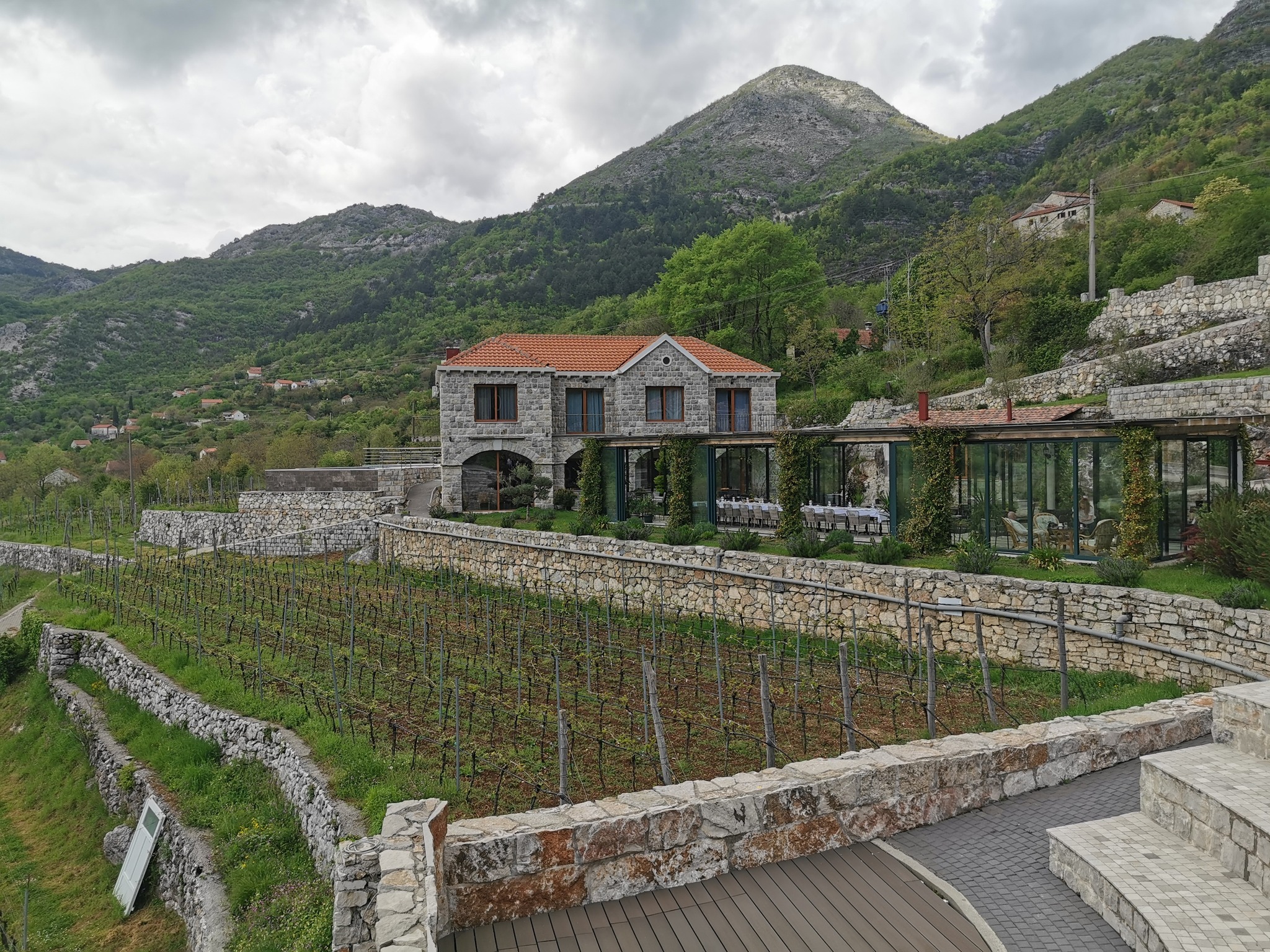

KRATOŠIJA PROBUDILA CRNOGORSKE VINARE
PROČITAJ VIŠE
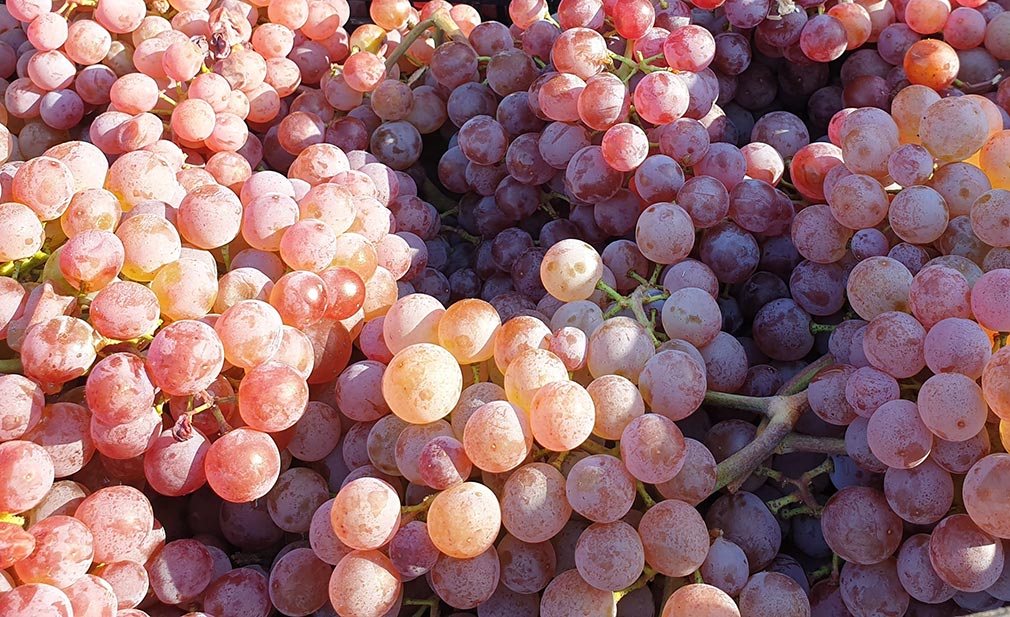

VINOPEDIA TOP 10 2024
PROČITAJ VIŠE
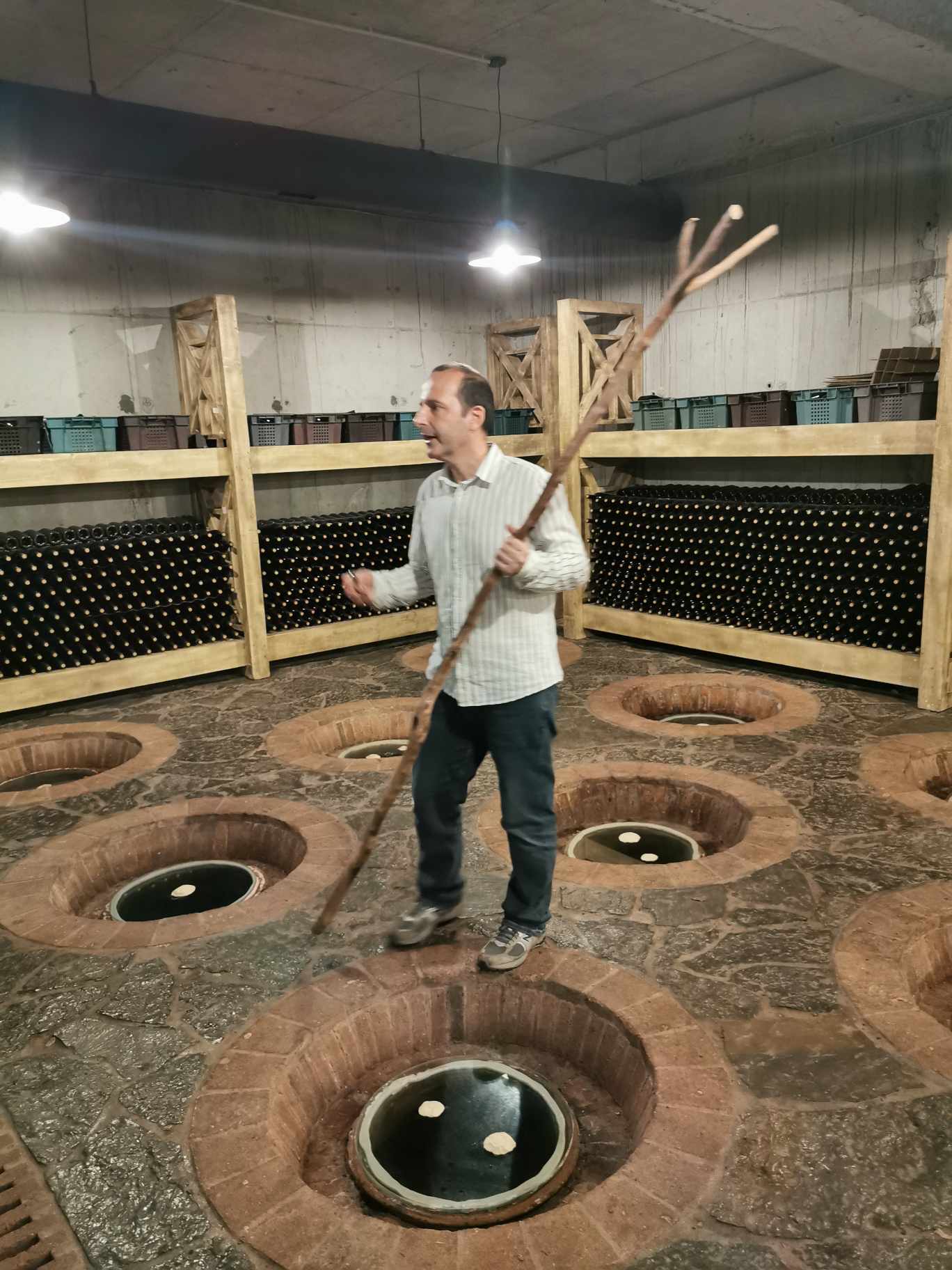

GIUAANI - VINSKI TURIZAM NA GRUZIJSKI NAČIN
PROČITAJ VIŠE
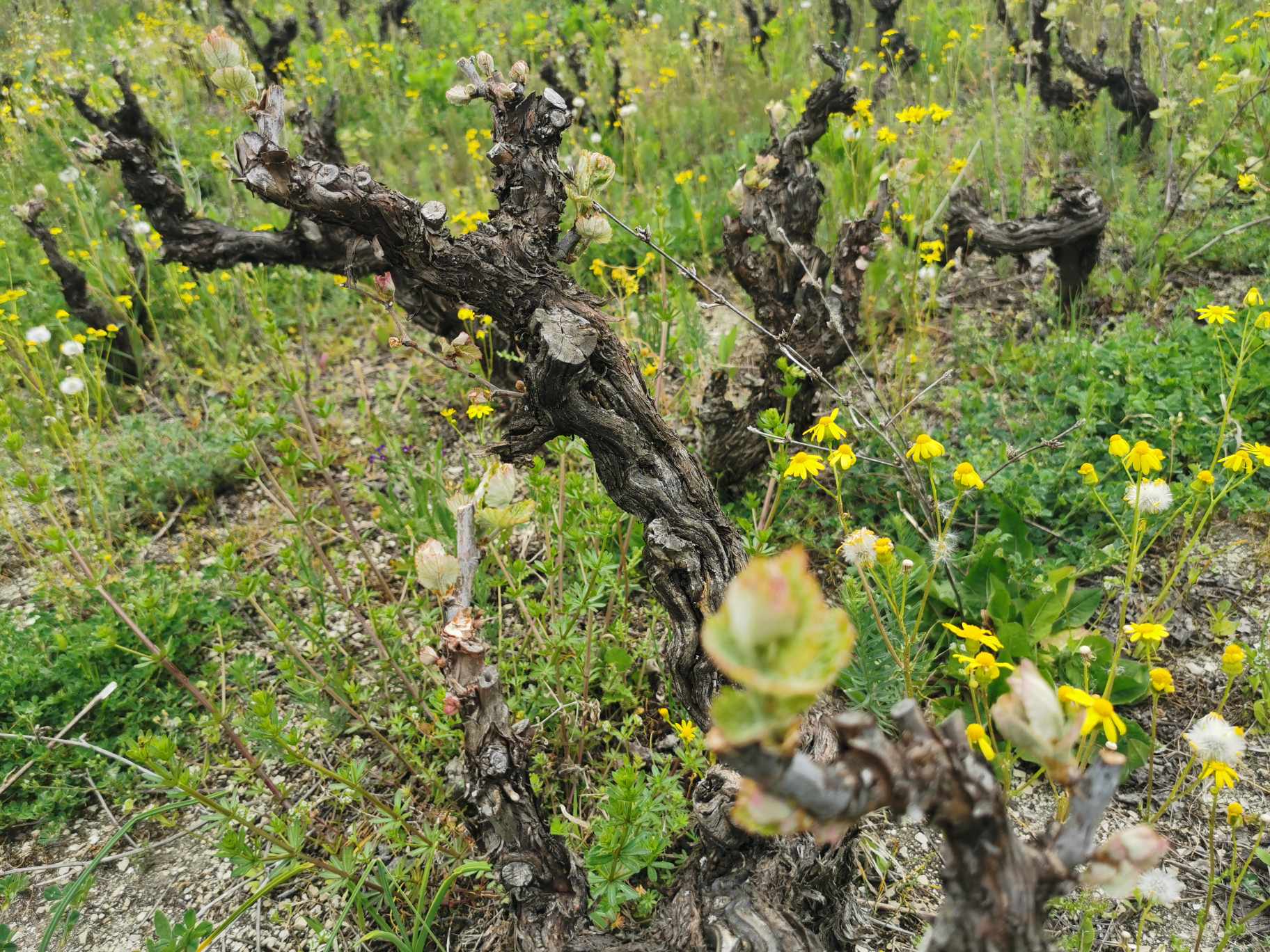

SPASIMO STARE VINOGRADE SRBIJE
PROČITAJ VIŠE
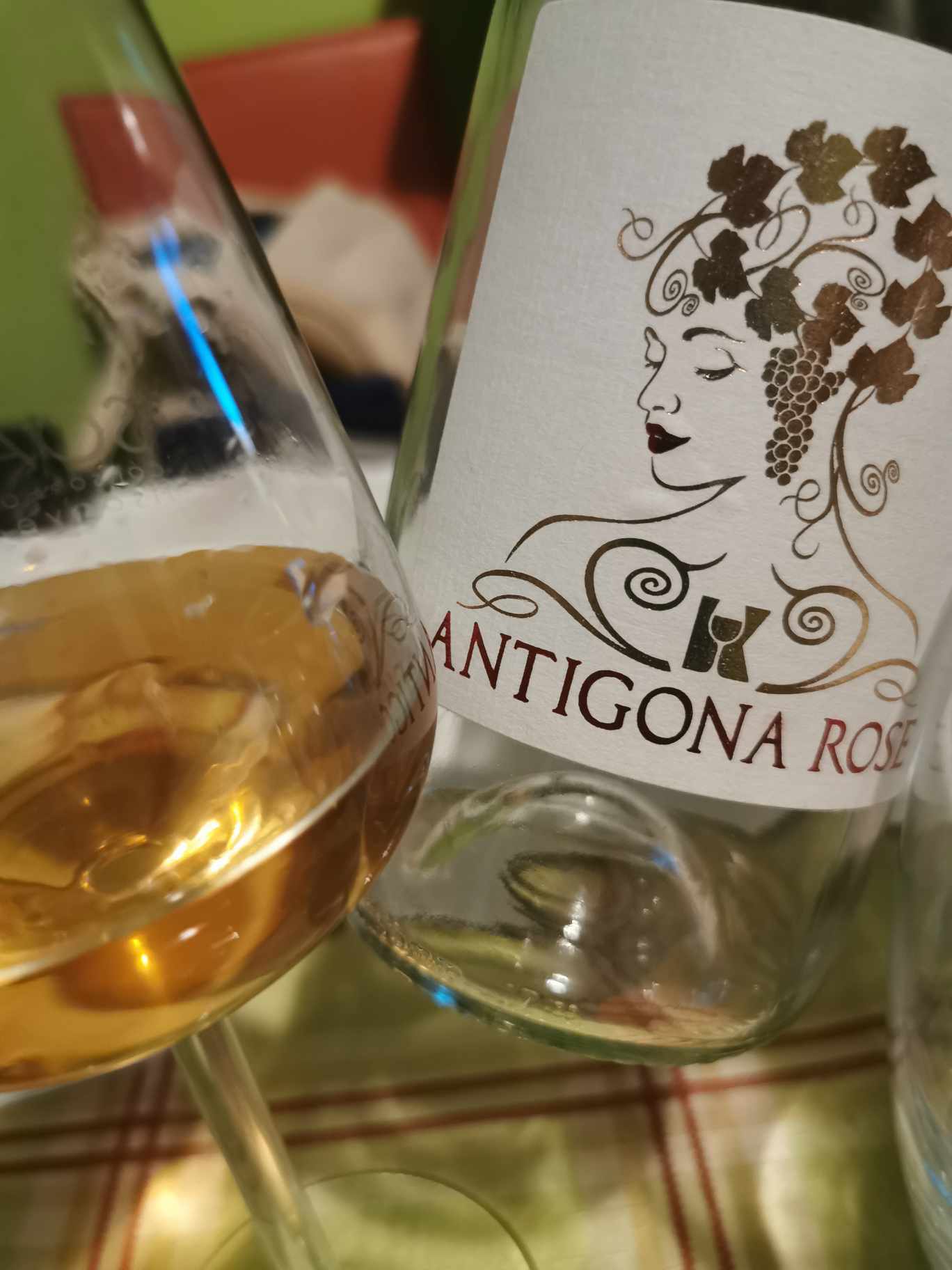

NAŠLI SMO ANTIGONU IZ ORAHOVCA
PROČITAJ VIŠE
Winner MILLESIMA BLOG AWARD 2016

Pobednik MILLESIMA BLOG AWARD 2016
VINO & FINO wine personality of the year 2016

VINO & FINO vinska ličnost godine 2016